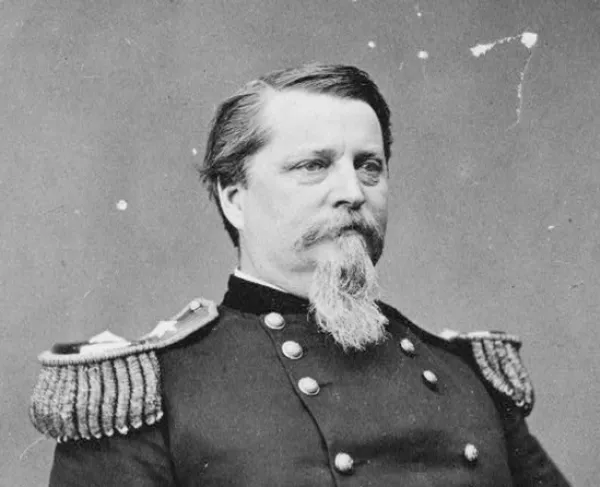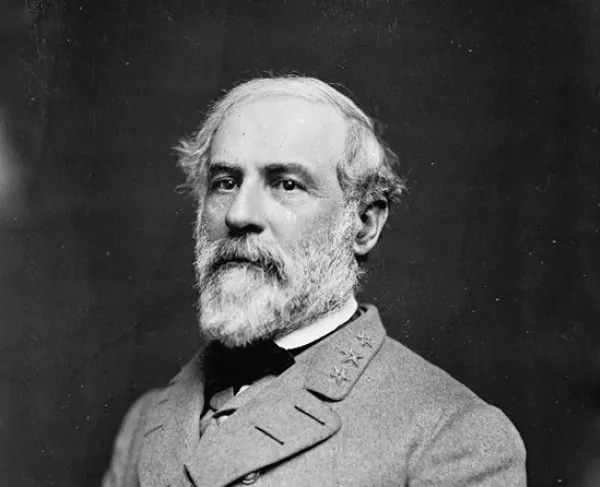
Second Deep Bottom
Fussell’s Mill
Henrico County, VA | Aug 13 - 20, 1864
In early August 1864, Union forces under Gen. Winfield S. Hancock launched an expedition north of the James River against Confederate defenses near Deep Bottom southeast of Richmond. Hancock’s men failed to dislodge the Confederates but managed to hold on to their bridgehead on the James.
How It Ended
Stalemate. After several days of fighting, both sides fought to a standstill, and Hancock decided to withdraw.
In Context
As he had done in late July during the Battle of the Crater, Lt. Gen. Ulysses S. Grant called upon Maj. Gen. Winfield S. Hancock and his Second Corps to attack Gen. Robert E. Lee around Richmond. Hancock’s movement would serve as a diversion to an offensive below the James River against the Weldon Railroad.
In July 1864, Robert E. Lee dispatched Gen. Jubal Early to operate in the Shenandoah Valley. Grant eventually dispatched Gen. Philip Sheridan to deal with Early. Hoping to augment Early’s force, Lee sent reinforcements under Gen. Richard Anderson. Grant hoped to exploit Anderson’s absence and planned a two-pronged offensive on both sides of the James River.
By the morning of August 14th, Hancock had his men across the James River and in position to attack the Confederate lines. Gen. David D. Barney’s 10th Corps, detached with Hancock, found Confederates dug in along New Market Heights. Some fighting in the area around Fussell’s Mill, east of New Market Heights, resulted in the Federals gaining some ground. On the 16th, the Federals launched another attack at Fussell’s Mill. The assault opened a gap in the Confederate line, however, Union infantry were driven back by counterattacks.
2,899
1,500
Several days of fighting and sporadic skirmishing ensued. Eventually, both sides were worn out by the combat and extreme heat. Hancock abandoned the fight on the 20th and withdrew back across the James River.
The Deep Bottom area offered the Union army a unique position to attack the Confederate defenses only a few miles outside the city of Richmond. If these lines were punctured and broken, then the Federal army had an opportunity to capture the Confederate capital.
Before the Union forces under Hancock moved from their positions across the James River, many of the Federal soldiers experienced heat exhaustion. On the morning of the 14th, Birney’s men were slowed due to the extreme heat. This slowed the Union advance and ultimately delayed the Federal assault.
Second Deep Bottom: Featured Resources
All battles of the Richmond-Petersburg Campaign
Related Battles
28,000
15,000
2,899
1,500














